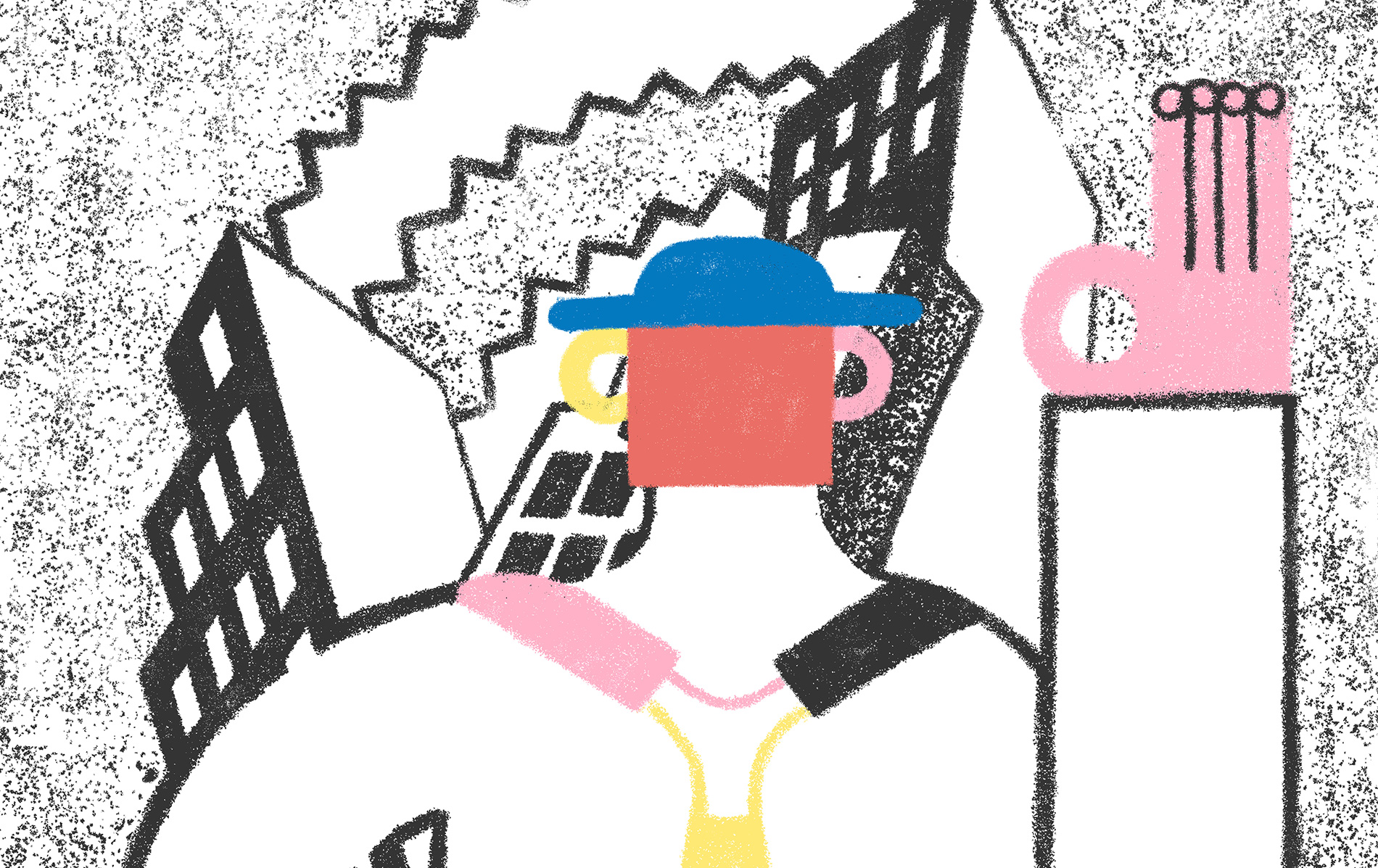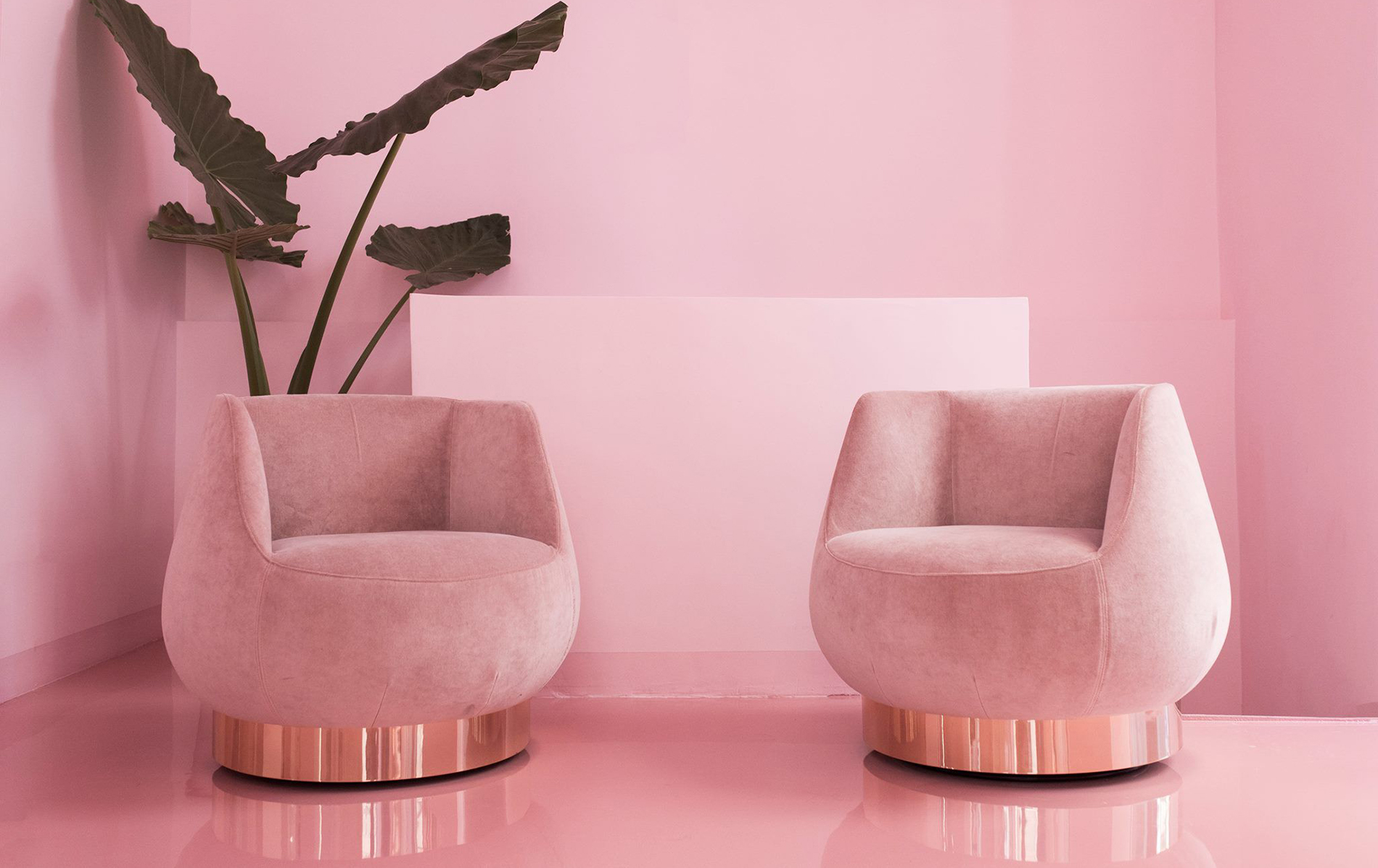A sustainable refuge in the countryside.
In recent years the term Slow Life had become part of our vocabulary as a future aspiration. The pandemic has accelerated our desire to incorporate new habits and a more reflective, committed and calm lifestyle. The meaning and value of things have changed in this unexpected situation that has turned everything upside down.
One of the main changes that most of us have experienced is the new relationship with our home. We have had the chance to make a rigorous inspection of which needs are met and which are not when incorporating new functionalities. And not only those related to remote working, but also everything related to leisure and family life, especially if there are children at home.
COVID-19 has shaken our values and some people are considering a new way of living in a more natural, even rural, environment. New technologies offer us new opportunities and become, without a doubt, an invitation to change the city for the country. In England they have already named this movement, Cottagecore, to define a simpler and more sustainable existence in harmony with nature.
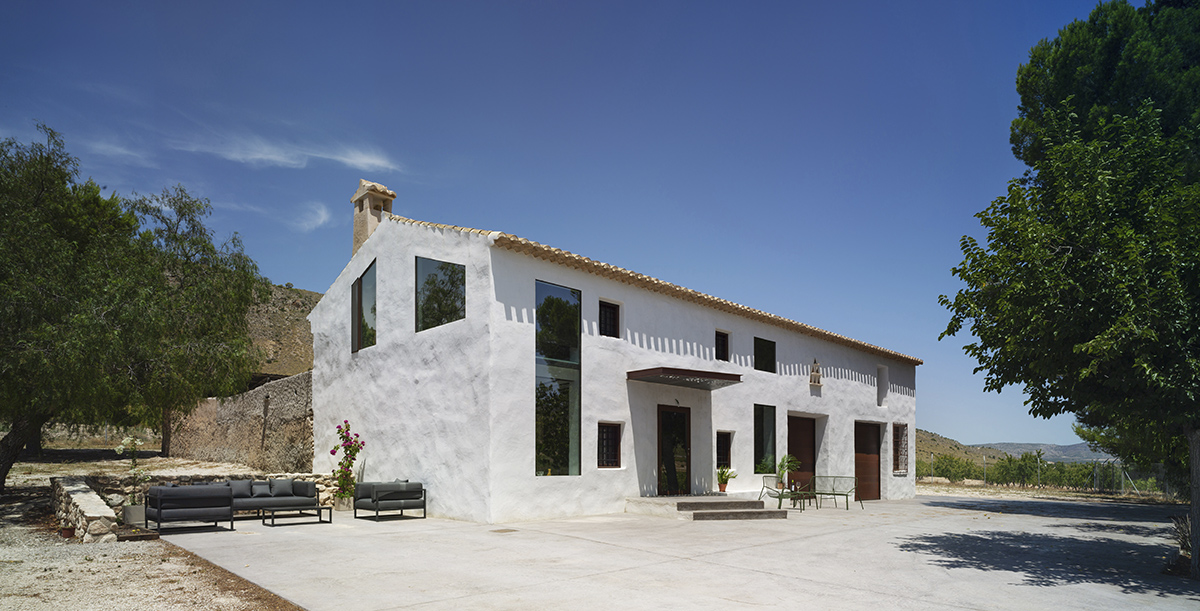
The rehabilitation of old family rural houses, farms or, perhaps old stables or barns, has become an eco-friendly alternative for a more honest and simple way of life, based on small pleasures that range from a healthier diet, gardening, growing vegetables and collecting fresh eggs.
The refurbishment of this existing family home from the early 20th century by Santa-Cruz Arquitectura was raised as a dialogue between traditional and contemporary architecture, the result of the sum of artisanal restoration and industrial processes carried out by local crafts.

In Slow Life’s philosophy, the rehabilitation of traditional homes is a commitment to cultural heritage and sustainability, and it involves the use of noble and local materials. Wood, stone and brick, as well as the use of ecological paints, are very present in this type of construction. In this project some elements of the house, linked to the local architecture, were preserved and reused for the domestic needs.
Rebuilding rural houses means doing some renovation to guarantee comfort and well-being. One of the steps is the acoustic and thermal insulation of walls, floors and ceilings which guarantee energy savings, both in winter and summer. The thick walls of this house also maintain the bioclimatic qualities characteristic of traditional constructions.

The preservation of the fireplace, in addition to heating the rooms and reducing the electricity bill, become the main decorative element of the room. Together with the comfortable Click armchairs, it warmly welcomes the household, creating a pleasant area for gathering or other needs.

Without a doubt, preserving the original architectural elements is a decision related to sustainable aspects and it also creates a great visual an aesthetic impact. The wood beams of the ceiling or the stone walls add a rustic touch to the interior design, in addition to preserving the character of the building. The texture of the wall is the focal point of the room and for that reason the soft, comfortable volumes of the Core sofa are dressed in a discreet plain fabric with a neutral, natural colour like this forest green. See this post if you are looking for a new sofa.
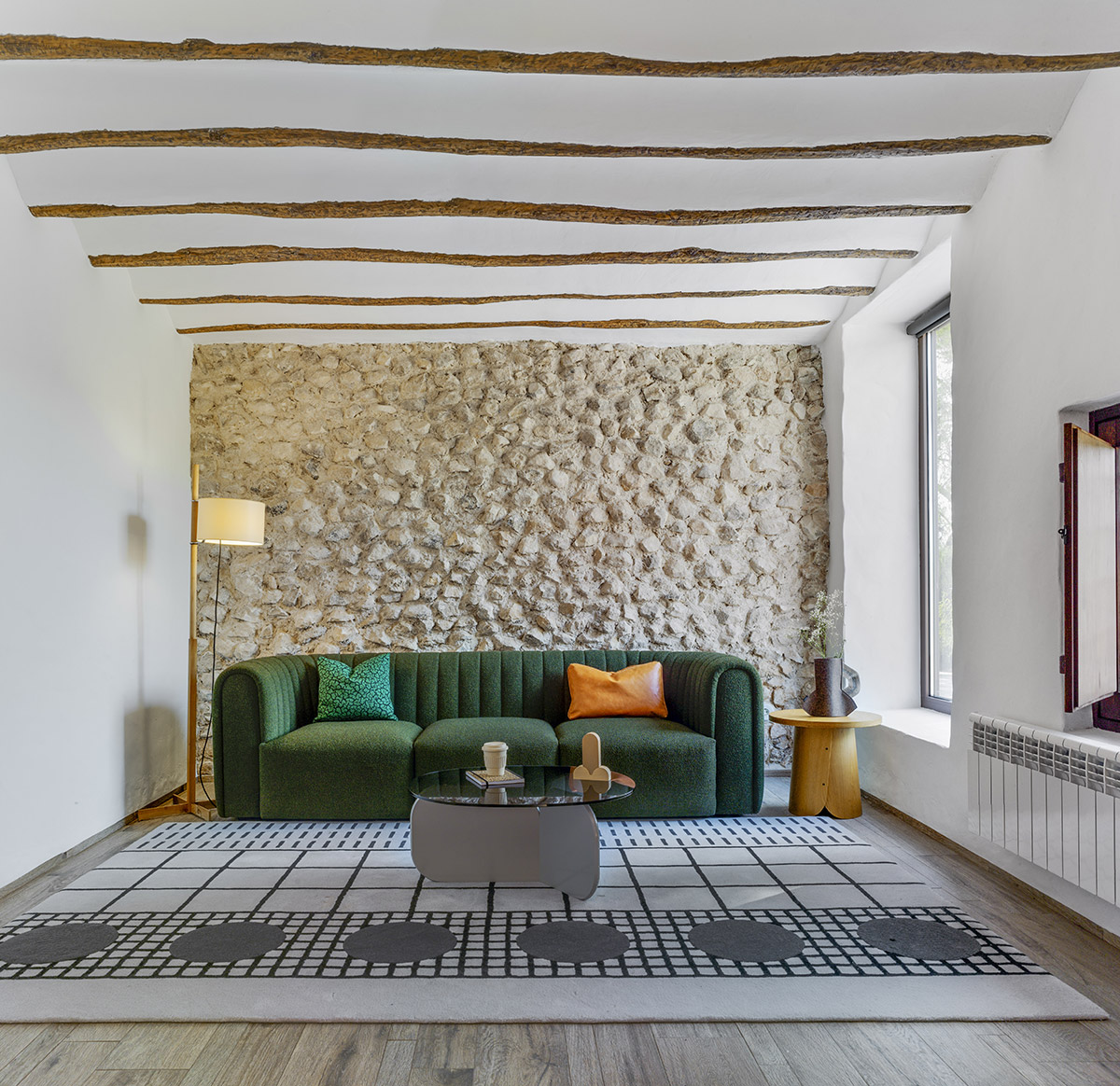
The rehabilitation of this type of houses might appear simple, but the architect’s sensitivity make all the renovation work imperceptible and integrate old elements with new developments, contemporary pieces of furniture and other more artistic. The sculptural Roll chairs take on an aesthetic and functional role.
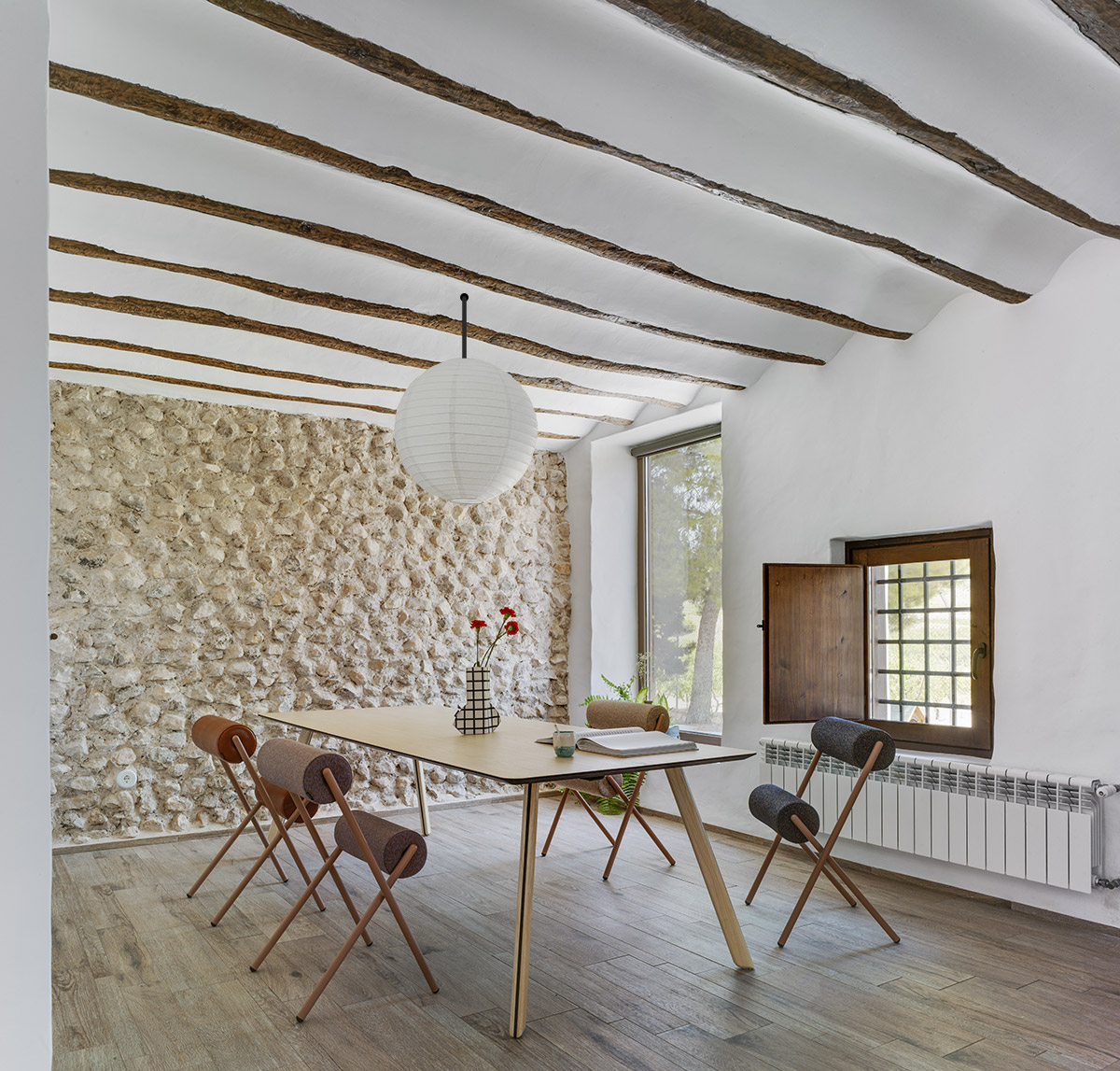
The large windows are characteristic of this type of buildings, providing natural light to the interior, in addition to delighting with the views of the natural environment. The rooms are bright and pleasant. Creating a reading corner next to a window can be an interesting alternative. The Remnant armchair help to create a very personal spot.
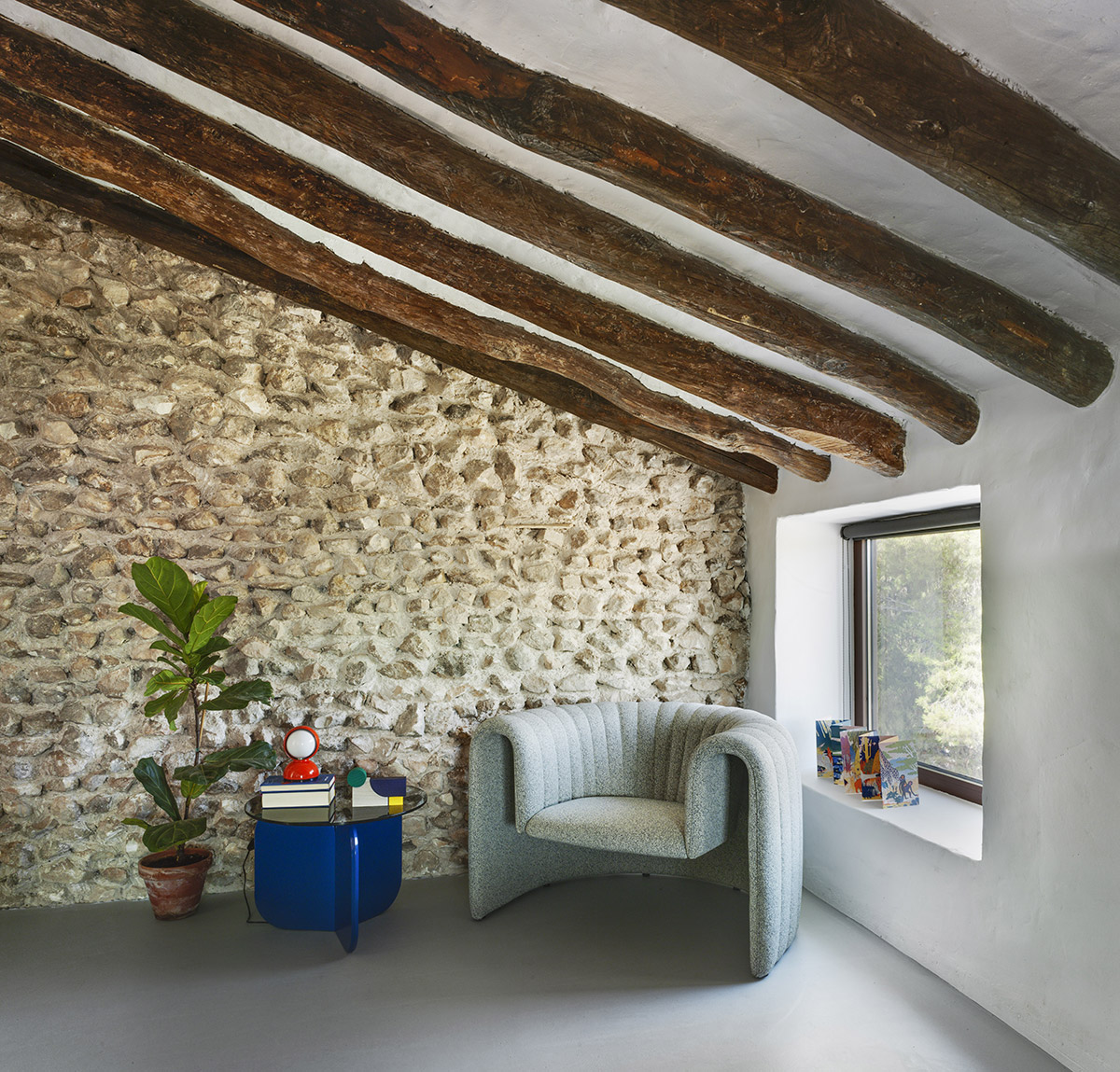
This lifestyle means creating pleasant and cosy environments that provide a feeling of peace and calm. Home must be a place to relax. In this sense, the chromatic range includes neutral and organic colours for the main palette, creating an elegant and serene experience. The hues chosen for the DB sofa and the Duplex tables are a clear example. Mandarina and Rift cushions add sparkling yellow dots, a playful counterpoint if you want to break the monotony.
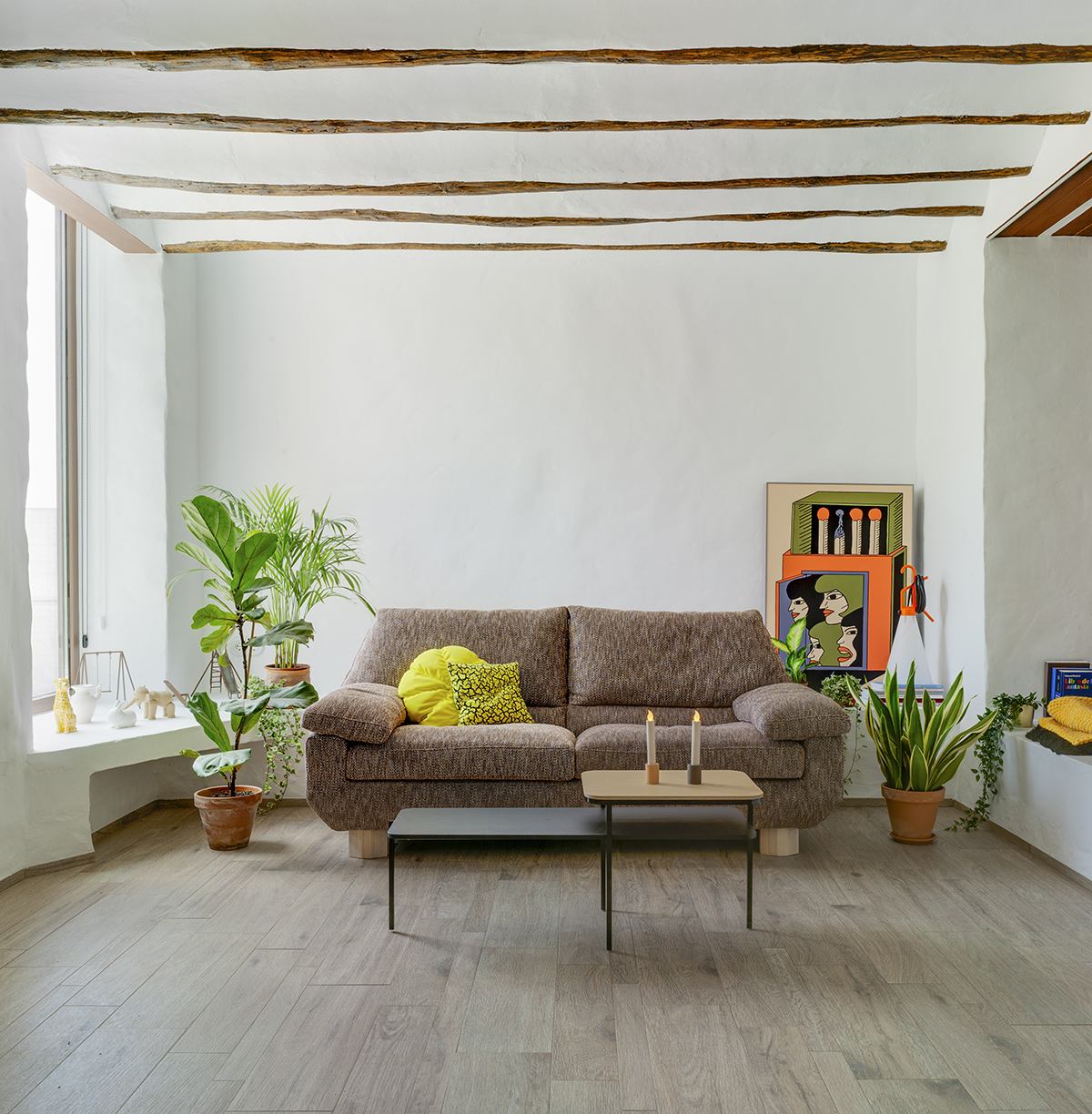
However, the mix and match of old elements with other more modern and vibrant offer interesting results in decorative terms. Design pieces also have a place in these rustic homes, such as this Copla armchair upholstered with Rift fabric by Estudio Sancal.
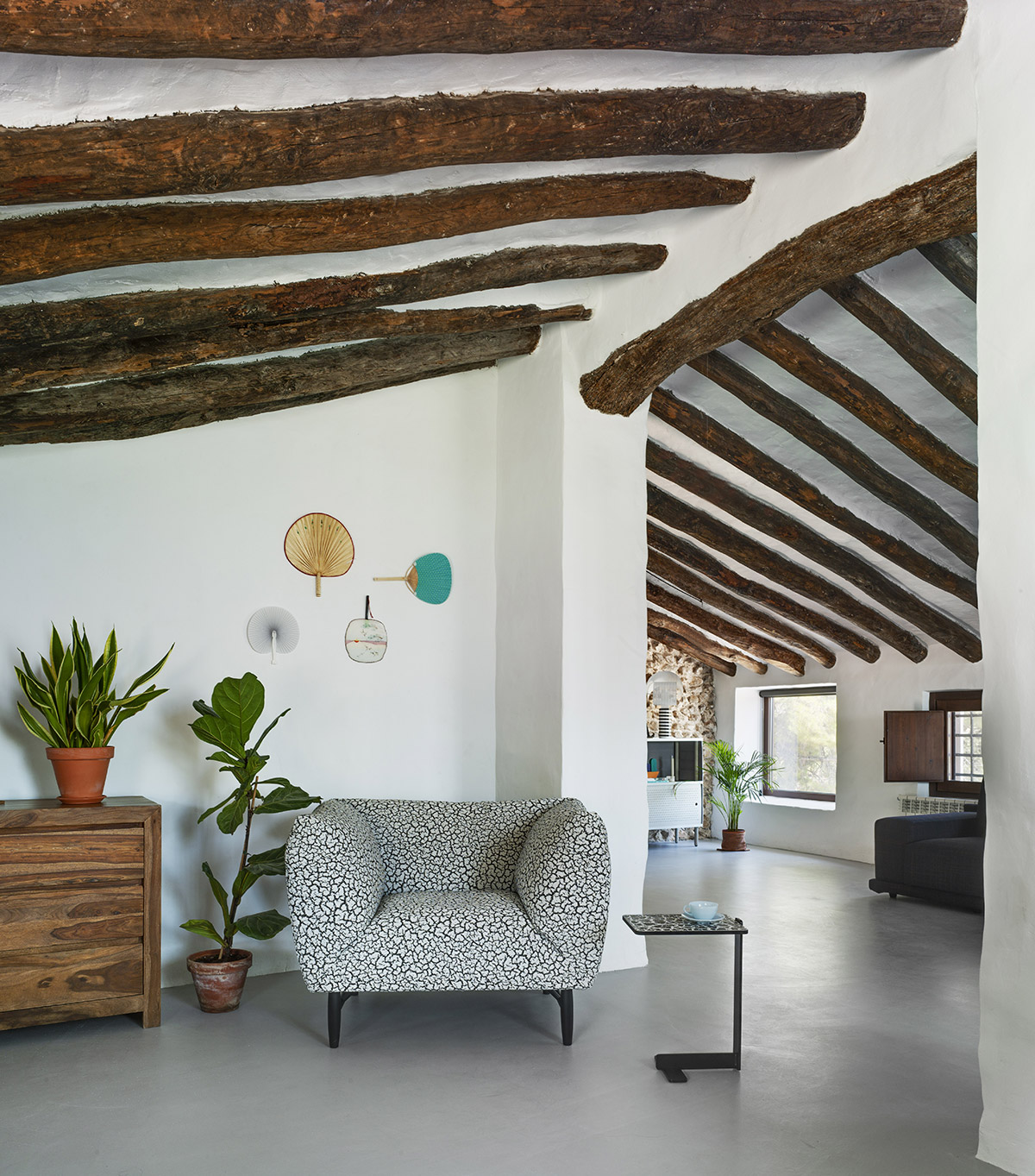
Another common element is to include natural plants, since they purify the air and create relaxing and fresh environments. The comfortable armchair Elle, dressed in relaxed tones like blue, simply complements such a special place.
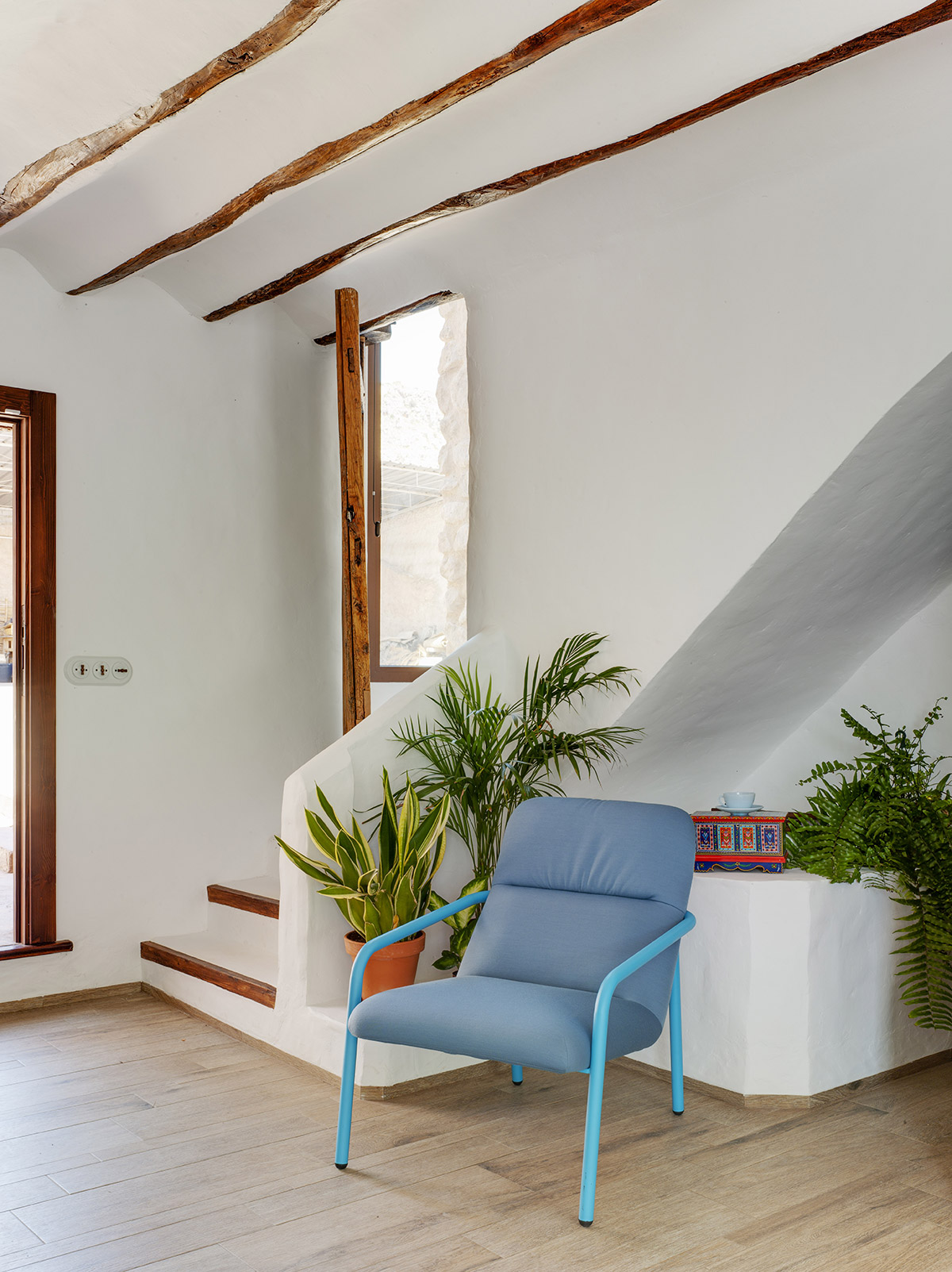
And of course, although people escape from the city to find peace, part of the time must be spent in teleworking. Any corner can be a good place to install a small and flexible Home Office, from which to work concentrated. If you want more clues, you can read our post on this topic.
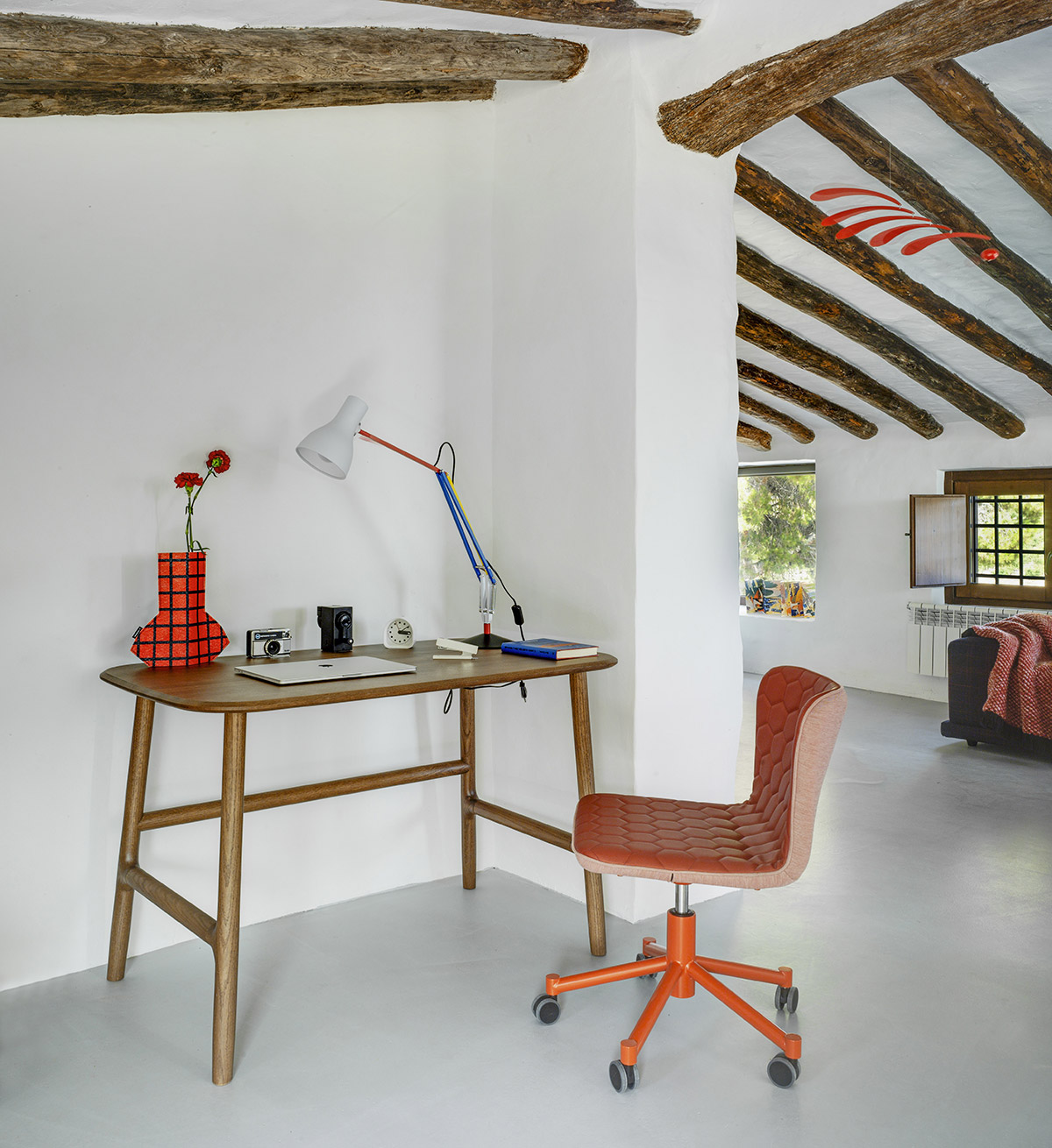
The rehabilitation of existing buildings maintains the legacy of popular architecture, avoiding its deterioration and disappearance, and giving to it a new life… Warm, natural and lively spaces in which to connect with oneself and interact with the family. It is, without a doubt, a privilege to start the day with a pleasant breakfast in this family home, while enjoying the views from the Totem stools.
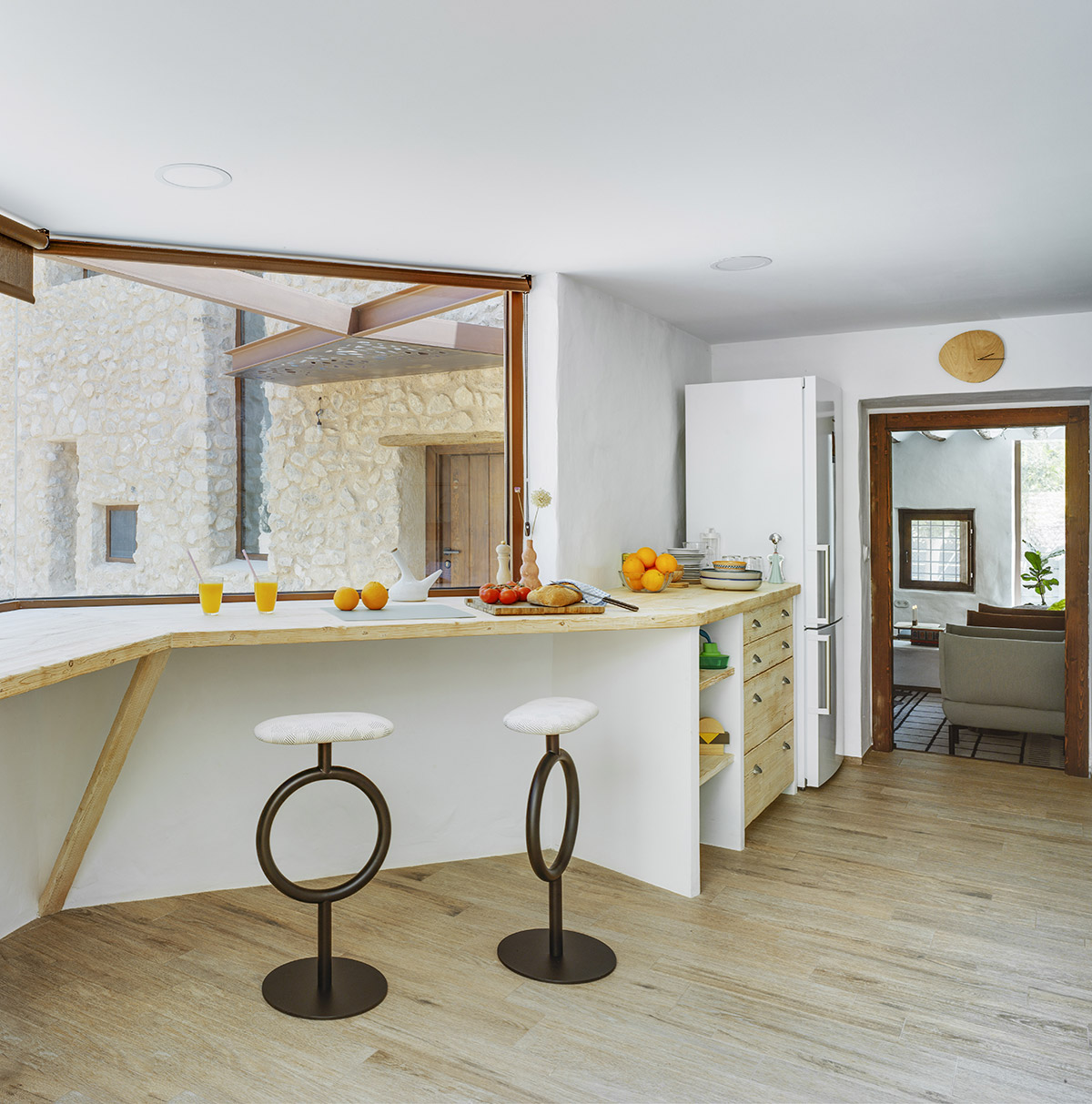
Now you can download the BIM Revit files of our new products for your projects.
Rehabilitation project: Santa-Cruz Arquitectura.
Images: David Frutos.


